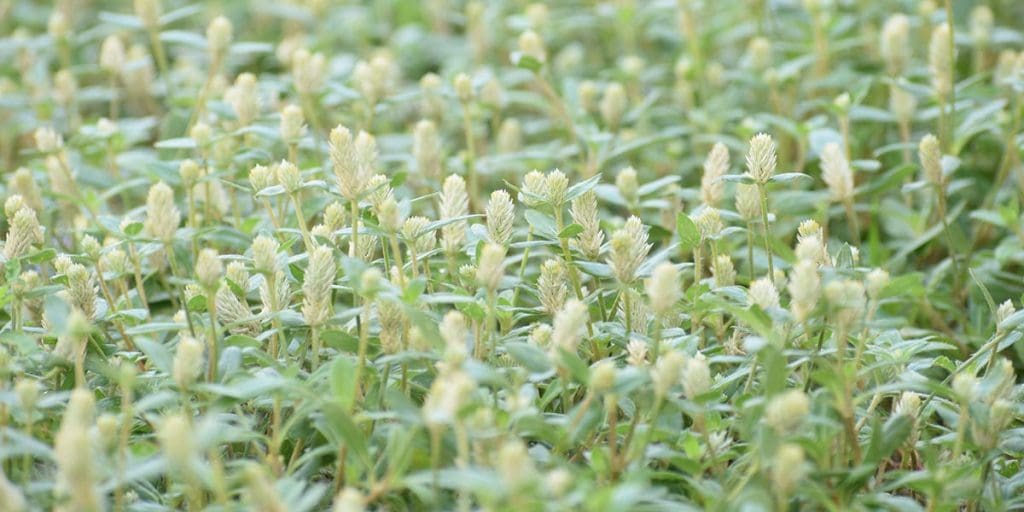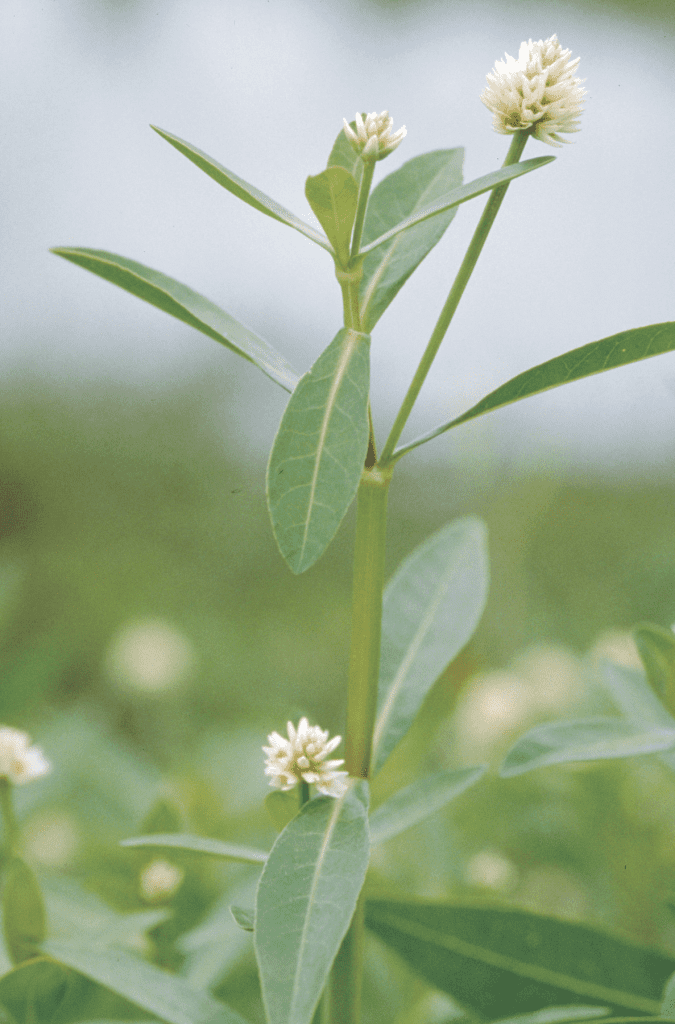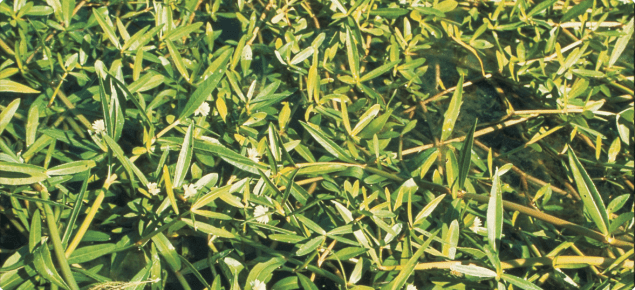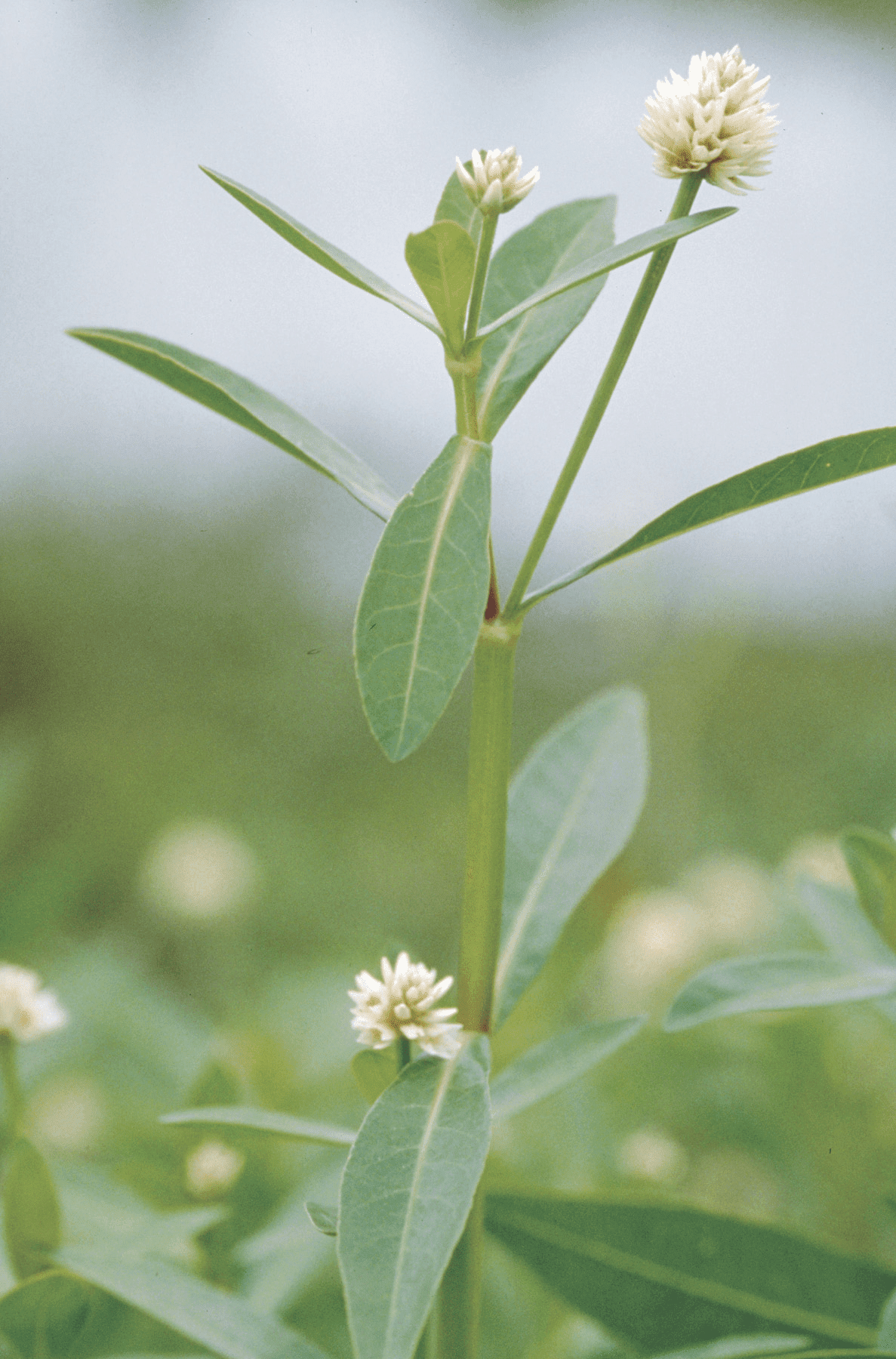“How To Control Alligator Weed In Agricultural Lands”
In this friendly guide, you’ll dive into effective strategies for managing alligator weed, an invasive species notorious for disrupting agricultural lands. We’ll explore practical methods like manual removal, the use of specialized herbicides, and innovative biological controls. Whether you’re a seasoned farmer or just starting, this article provides you with valuable insights to keep your fields healthy and productive. With these tips, you’ll be well-equipped to tackle alligator weed and maintain the quality of your agricultural ventures.
How To Control Alligator Weed In Agricultural Lands
Have you ever walked through your fields and noticed a dense mat of green covering the surface of your water channels or creeping along the crop rows? If so, you might be dealing with an invasive plant called Alligator Weed. This pesky aquatic plant can take over your agricultural lands if left unchecked, causing disruption to water management and crop productivity. But don’t worry! You’re not alone in this battle, and there are many strategies available to help you regain control.

What is Alligator Weed?
Alligator Weed (Alternanthera philoxeroides) is a hardy aquatic plant native to South America. It’s known for its rapid growth and ability to adapt to various environments, from wetland areas to dry land. Alligator Weed can create thick mats that cover water surfaces and smother plants, leading to reductions in biodiversity and crop yield.
Identifying Alligator Weed
Before you start control measures, it’s important to be able to identify Alligator Weed properly. Here are some key characteristics:
- Leaves: Opposite, simple, elliptic to ovate leaves that are glossy and have smooth edges.
- Stem: Hollow stems that are buoyant in water but can also root in soil.
- Flowers: Small, white, and papery flowers that form in clusters at the leaf axils.
- Growth Habit: Forms dense mats in water and dense thickets on land.
Here’s a quick identification table to help you recognize Alligator Weed:
| Characteristic | Description |
|---|---|
| Leaf | Opposite, simple, elliptic to ovate |
| Stem | Hollow, buoyant |
| Flower | Small, white, papery |
| Habit | Dense mats in water, thickets on land |
Why is Alligator Weed a Problem?
Alligator Weed is not just an eyesore; it offers serious challenges for agricultural lands. Let’s break down why this plant is so problematic:
Impact on Water Management
Alligator Weed can clog irrigation channels, impede drainage, and reduce the efficiency of water management systems. This leads to higher costs and maintenance efforts.
Loss of Crop Yield
When Alligator Weed invades crop fields, it competes with crops for nutrients, sunlight, and water. This competition can significantly reduce crop yields.
Biodiversity Reduction
Dense mats of Alligator Weed can outcompete native plant species, leading to reduced biodiversity and negatively impacting the ecosystem.
Difficulty of Control
Its hardy nature and rapid growth rate make Alligator Weed difficult to control. Conventional methods like mowing often fail to eradicate it completely.

Control Methods
Controlling Alligator Weed in agricultural lands requires a multi-faceted approach. Here are the primary control methods:
Mechanical Control
Mechanical control involves physically removing the weed from the affected area. This can be effective but often requires a lot of time and effort.
Manual Removal
Hand-pulling Alligator Weed is feasible but is labor-intensive. This method is best suited for smaller infestations. Root systems must be completely removed to prevent regrowth.
Pros:
- Environmentally friendly
- Cost-effective for small areas
Cons:
- Labor-intensive
- Not suitable for large infestations
Mechanical Harvesting
Larger infestations may require mechanical harvesting equipment. These machines can remove large quantities of weed but may not reach all root systems, making follow-up treatments necessary.
Pros:
- Effective for large areas
- Rapid removal
Cons:
- Expensive
- May not completely eradicate the plants
Chemical Control
Chemical control involves using herbicides to kill Alligator Weed. This method can be very effective but requires careful management to avoid harming non-target plants and water bodies.
Herbicides
Glyphosate-based and 2,4-D-based herbicides have been found effective against Alligator Weed. Always follow label directions and consider environmental conditions when applying herbicides.
| Herbicide Type | Active Ingredient | Application Method | Environmental Consideration |
|---|---|---|---|
| Glyphosate | Glyphosate | Foliar spray | Avoid water contamination |
| 2,4-D | 2,4-D | Foliar spray | Avoid air drift |
Pros:
- Effective at killing the weed
- Can cover large areas
Cons:
- Potential environmental harm
- Requires careful application
Biological Control
Biological control uses natural predators or pathogens to manage Alligator Weed populations. This method can offer a sustainable solution but may take time to show results.
Insect Biocontrol Agents
Certain insects like the Alligator Weed Flea Beetle (Agasicles hygrophila) and the Alligator Weed Stem Borer (Arcola malloi) can be used for controlling the weed.
Pros:
- Environmentally friendly
- Sustainable
Cons:
- Slow to show impact
- May not completely eradicate the weed
Pathogen Biocontrol Agents
Fungal pathogens such as Alternaria alternata have been researched for controlling Alligator Weed. These pathogens infect the plant and hinder its growth.
Pros:
- Environmentally friendly
- Targets the weed specifically
Cons:
- Varied efficacy
- May need repeated applications
Integrated Weed Management (IWM)
The most effective way to control Alligator Weed is often through Integrated Weed Management (IWM). IWM combines multiple control methods to manage the weed more effectively.
Combining Methods
Think about combining mechanical, chemical, and biological control methods for a more robust approach.
- Initial Heavy Infestation Removal: Use mechanical harvesting to remove the bulk of the infestation.
- Chemical Follow-up: Apply targeted herbicides to handle regrowth.
- Biological Maintenance: Introduce biocontrol agents for long-term maintenance.
Monitoring and Follow-up
Once you’ve implemented control measures, monitoring and follow-up are crucial. Regular inspections can help catch new infestations early, allowing for quicker response and minimizing spread.
Preventive Measures
Once you’ve controlled Alligator Weed, preventive measures can help keep it from returning.
Proper Field Management
Proper field management practices include cleaning equipment, monitoring water sources, and implementing crop rotation. These strategies can reduce the likelihood of a recurring infestation.
| Preventive Measure | Description |
|---|---|
| Clean Equipment | Remove weed fragments from machinery |
| Monitor Water Sources | Regularly inspect water channels for weed |
| Crop Rotation | Rotate crops to disrupt weed growth cycles |
Buffer Zones
Creating buffer zones around water bodies and drainage systems can help prevent the spread of Alligator Weed. Plant native vegetation around these areas to act as a barrier.
Education and Training
Educate farm workers and yourself on identifying and managing Alligator Weed. Training sessions can equip everyone with the knowledge needed to tackle infestations early.

Government and Community Support
Controlling Alligator Weed often requires more resources than an individual farmer can muster. Don’t hesitate to seek help from local government agencies or agricultural extensions.
Government Programs
Some governments offer support programs for managing invasive species. These can include technical advice, financial support, or even direct intervention.
Community Action
Joining forces with neighboring farms can make a huge difference. Community action groups can pool resources and tackle larger infestations more effectively.
Case Studies
Let’s look at some real-world examples of successful Alligator Weed control.
Case Study 1: Mechanical and Chemical Control
In a small farming community in South Australia, a combination of mechanical harvesting and targeted herbicide application resulted in significant reduction of Alligator Weed over a two-year period.
Outcome:
- Increased crop yield
- Improved water management
- Sustainable weed population control
Case Study 2: Biological Control
In New Zealand, the introduction of Alligator Weed Flea Beetles resulted in long-term suppression of Alligator Weed in infested water channels.
Outcome:
- Reduced maintenance costs
- Minimal environmental impact
- Sustained weed control

Conclusion
Controlling Alligator Weed in agricultural lands can be a challenging endeavor, but with the right strategies and resources, it is achievable. Whether through mechanical, chemical, biological, or integrated methods, taking a proactive approach can protect your crops and maintain water management systems.
Remember, the key to successful Alligator Weed control lies in identification, a multi-faceted approach, regular monitoring, and community support. Equip yourself with knowledge, seek help from available resources, and you’ll be well on your way to keeping your agricultural lands healthy and productive.
By taking action today, you can prevent Alligator Weed from disrupting your farm operations and safeguard your crop yields for the future. Happy farming!
